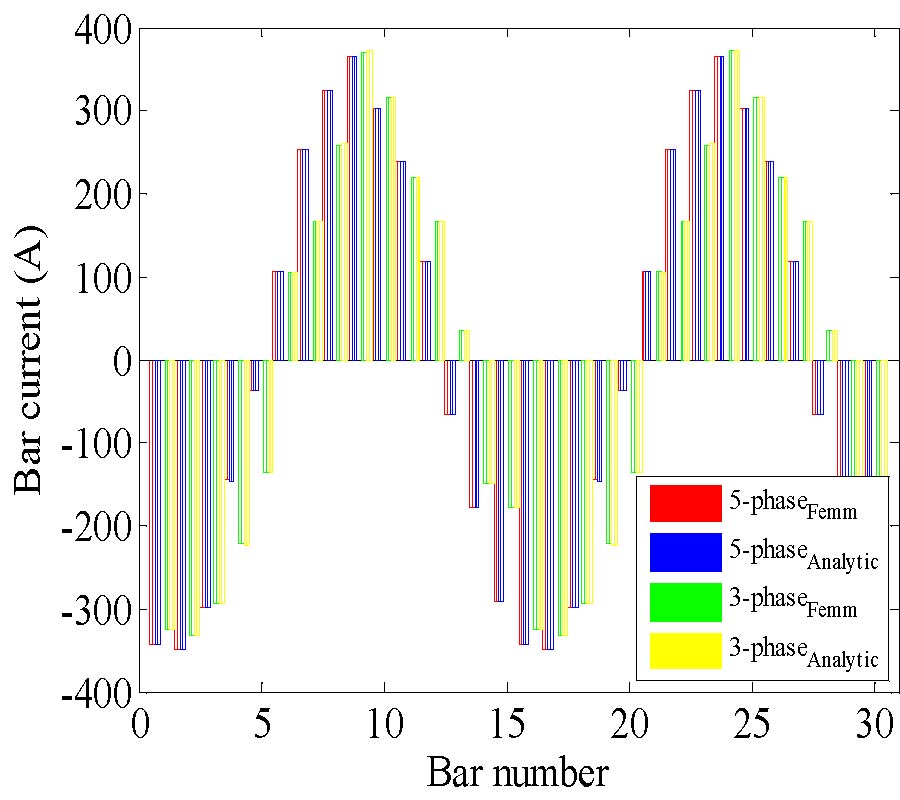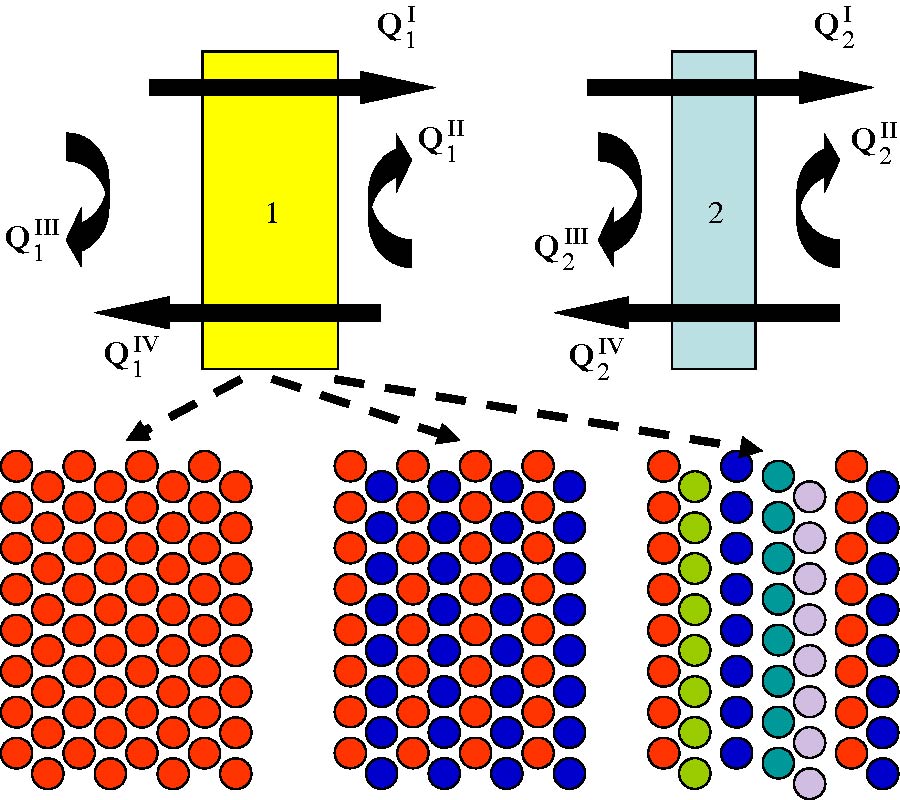Investigation of Alignment Errors on Multi-Static Microwave Imaging Based on Frequency-Diverse Metamaterial Apertures
Hayrettin Odabasi,
Mohammadreza F. Imani,
Guy Lipworth,
Jonah Gollub and
David R. Smith
We examine the effect of alignment errors on the performance of a frequency-diverse imaging system composed of metamaterial apertures. In a frequency-diverse imaging system, a sequence of distinct radiation patterns, indexed by frequency, provides measurements of the spatial content of a scene. This set of measurements can then be used to obtain a high-fidelity estimate of the scene using computational imaging techniques. As with any computational imaging system, realizing the full potential of the frequency-diverse system requires accurate characterization of the complex radiation patterns. This characterization entails precise knowledge of the locations and orientations of the transmitters and receivers; any discrepancy between the modeled and actual locations will introduce phase error and degrade the quality of image reconstructions. Here, we study the effect of various misalignment errors on the performance of a sparse, bistatic, frequency diverse imaging system and provide an estimate on the levels of error within which the frequency-diverse apertures can reconstruct high quality images. Depending on the misalignment type (i.e., displacement, rotation) and direction the phase error can change significantly. As a result, for instance, we show that the imaging system is significantly less sensitive to cross-range displacement errors than to range displacement errors. We also show that the displacement errors are reduced for larger systems comprising many sub-apertures, due to the reduced averaged phase error. We find the impact of rotational errors is small compared to that of the displacement errors. However, as the sub-aperture size increases, rotational errors become more pronounced, becoming severe for larger sub-apertures with multiple feeds.









